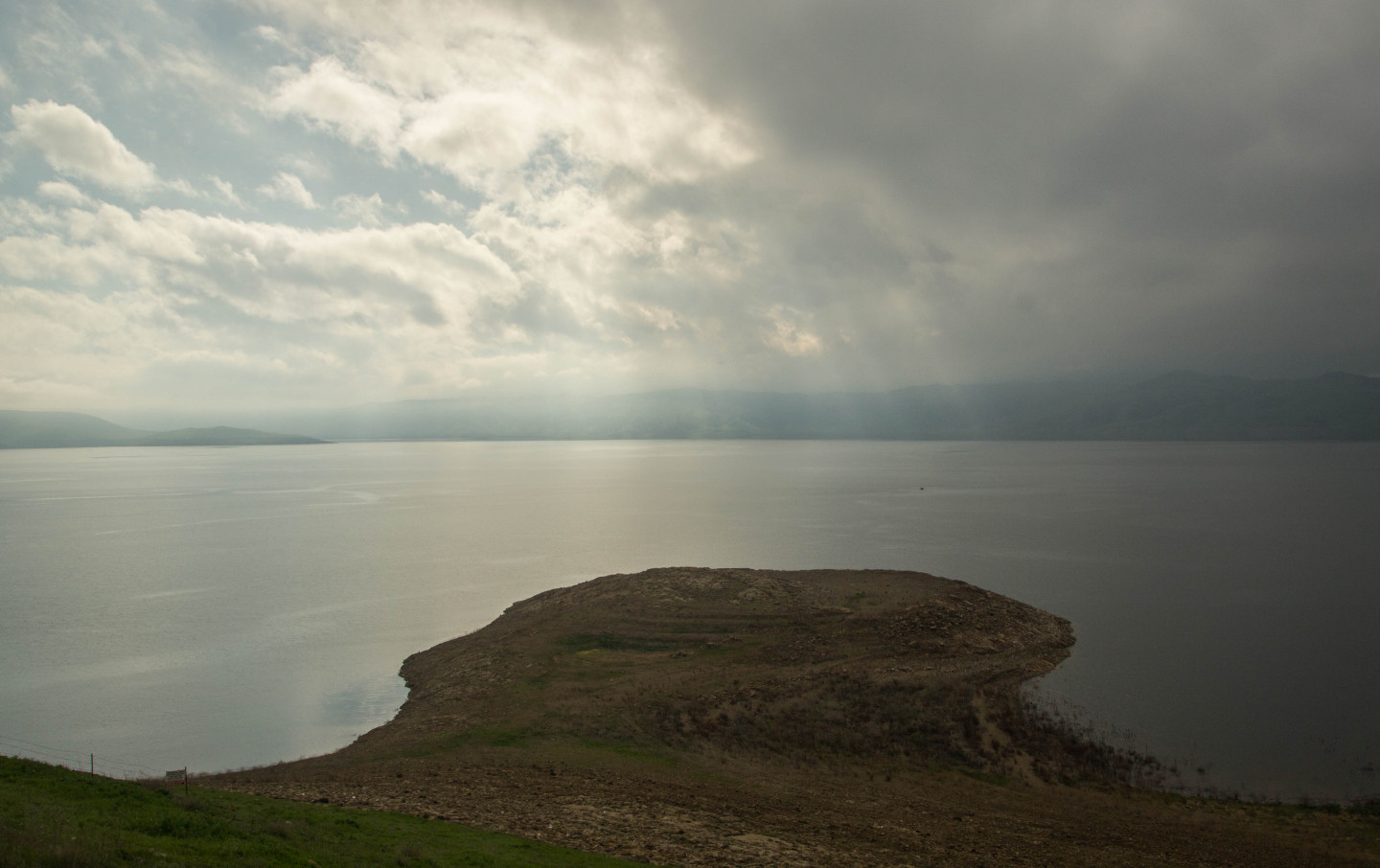Many who gathered at the farm bureau complained that the major Central Valley Project reservoirs -- Shasta Lake, north of Redding, and San Luis Reservoir, west of Los Banos -- have significantly more water in them now than they did 12 months ago. They also contain more water than they did during the deepest droughts of the past half-century, 1976-77 and 1992, when project customers were granted 25 percent of the total water they had contracted for.
Bureau of Reclamation officials acknowledge the major reservoirs are in better shape than last year. Shasta is at 79 percent of average for the date and holds 50 percent more water than it did at the end of February 2014; San Luis is at 74 percent of average and its supply is 40 percent more than last year.
But the bureau says a range of factors have forced the agency to take a very conservative approach to its 2015 allocation. Those include a meager Sierra snowpack and a dire spring runoff forecast.
"The unfortunate thing about this year, is, yeah, the volume of water we have in there to date is more than we had last year," said David Murillo, the bureau's mid-Pacific regional manager, during a conference call on the allocation announcement. "But if you take a look at the snowpack, it’s not as good, and you take a look at the runoff forecast, that’s not looking as good, either. So you couple those together, and that’s how we came up with the numbers that we have.”
Ron Milligan, the Central Valley Project's operations manager, noted that the CVP is serving a much bigger population than during the severest droughts of the past. And he added that the project has more "regulatory requirements" -- managing water for the benefit of threatened species and their habitat, for instance -- than were in place during earlier dry periods.
The project must also make full deliveries to holders of "senior" water rights -- generally speaking those north of the Sacramento-San Joaquin Delta.
“Certainly, compared to 1992, we have more people in the state of California," Milligan said. "So there are a few more demands from an urban sense. And there are more regulatory requirements today than we had back in 1992.”
There was one faint note of hope from bureau officials: If conditions improve in the next couple of months, some water deliveries may be possible.
In Fresno Friday, citrus farmer Kevin Severns expressed frustration that the state's water storage capacity is essentially the same as it was back in the late 1870s.
“You’ve done nothing in this state to create more water storage? For crying out loud, the population has doubled since the last time we’ve done anything for the water infrastructure in this state," he said. "Of course we’re going to have an issue with it. It’s a lack of foresight, and then there are probably people who think the Central Valley is just California flyover country, and they'd probably just as soon see it all go away. That would be a tragic loss. This valley virtually feeds the world. It’s an issue of food security. It’s an issue of cost. It’s really easy to say, just pull the plug on the farmers over there, and we’ll send the water elsewhere. Are we really understanding what the implications of doing that are?"
Central Valley farm statistics show that some crops are thriving despite the drought. Last year was a record year for the state's processing tomato crop, and the U.S. Department of Agriculture forecasts this will be another record buster.
And even as wide swaths of the valley lie fallow because there's no readily available water, acreage in one of the state's thirstiest crops -- almonds -- continues to grow.
The California Department of Food and Agriculture reported last August that nurseries in the state sold 8.33 million almond trees in the previous 13 months, a 25 percent increase from the previous year. The department estimated that 48,000 acres of new almond orchards were planted from mid-2013 through mid-2014, one of the driest periods in the state's recorded history.
And the reason for the planting is not a mystery. Almonds are the state's largest cash crop and its biggest export crop, worth about $5 billion in 2014 (and responsible for much more than that in economic activity).

